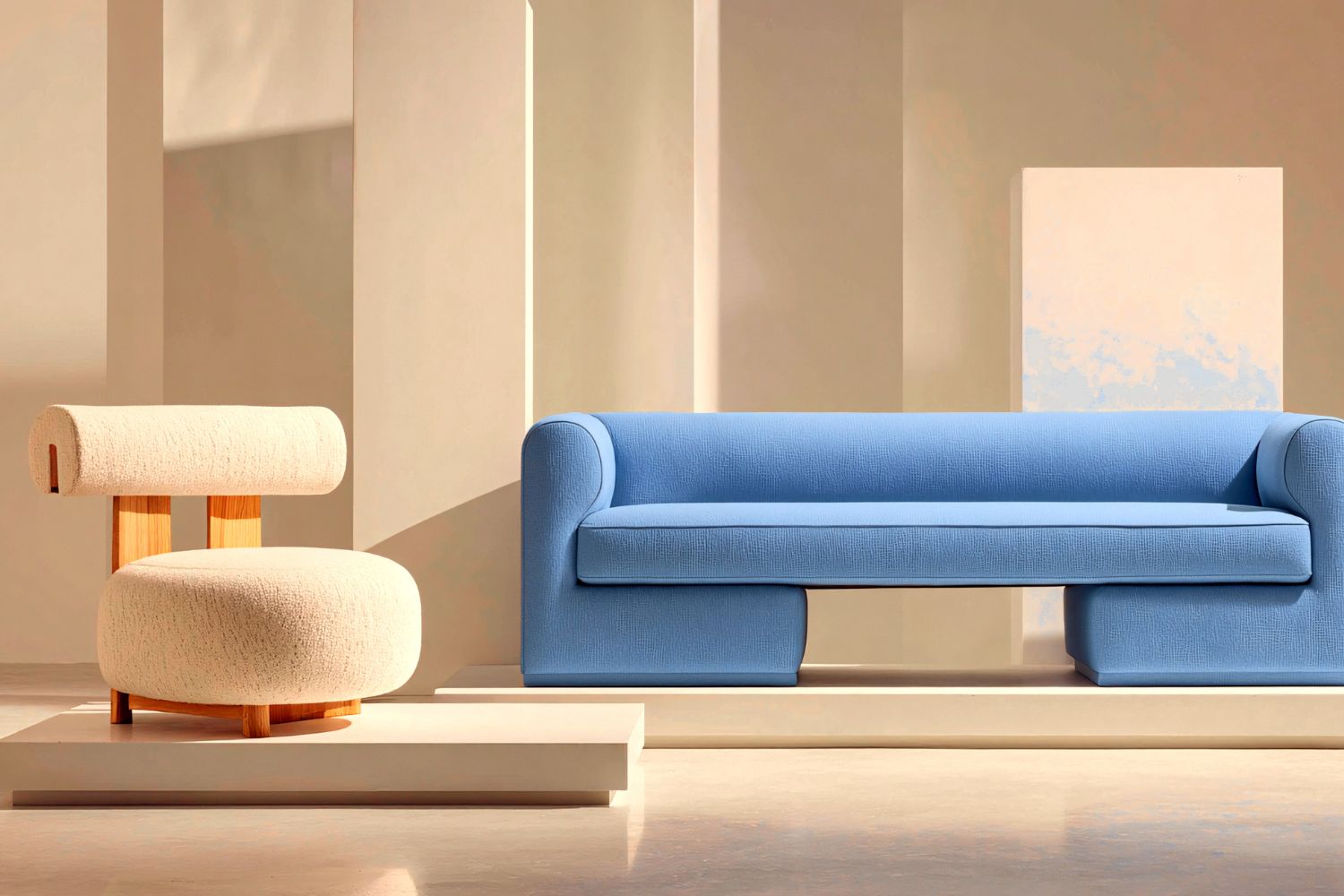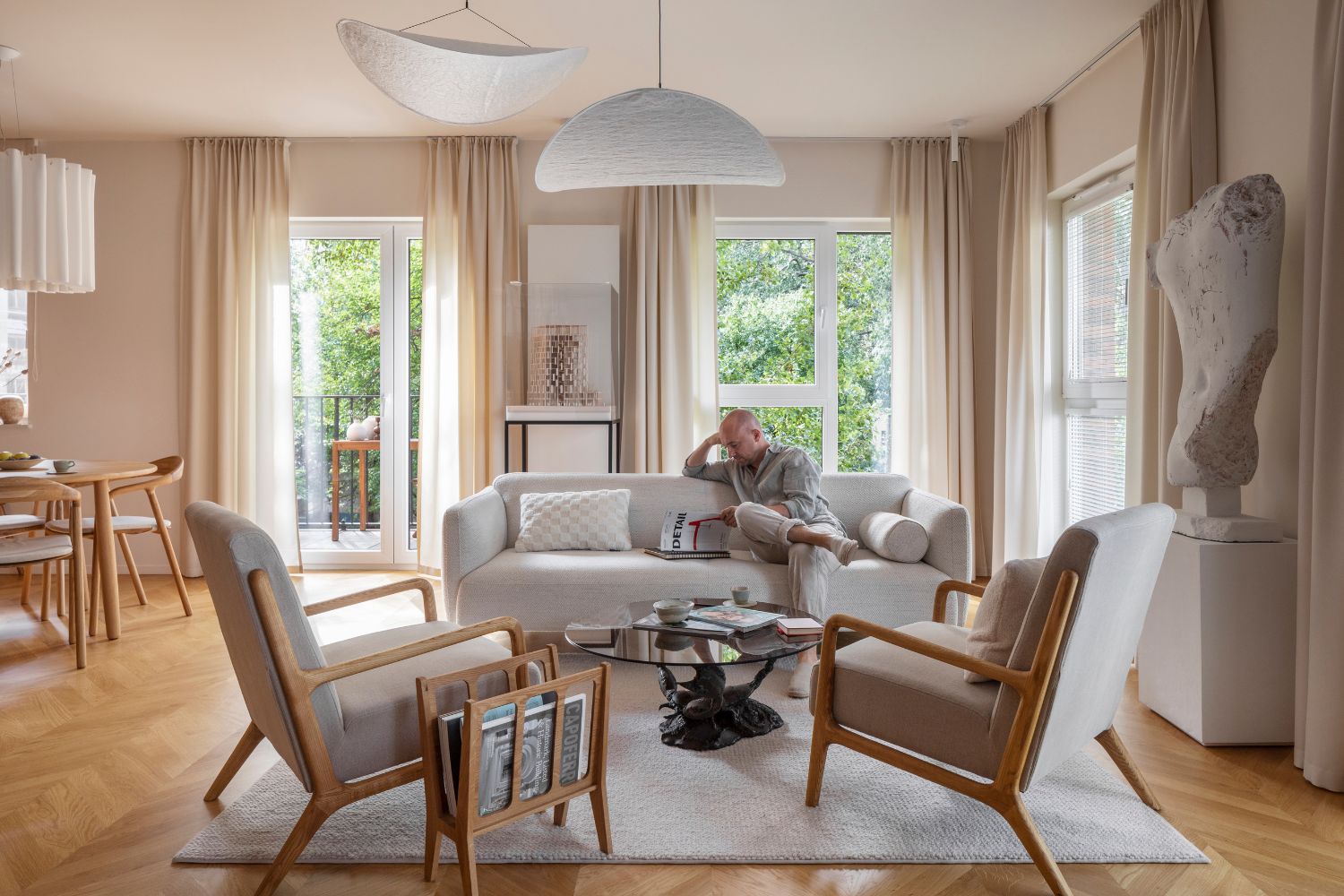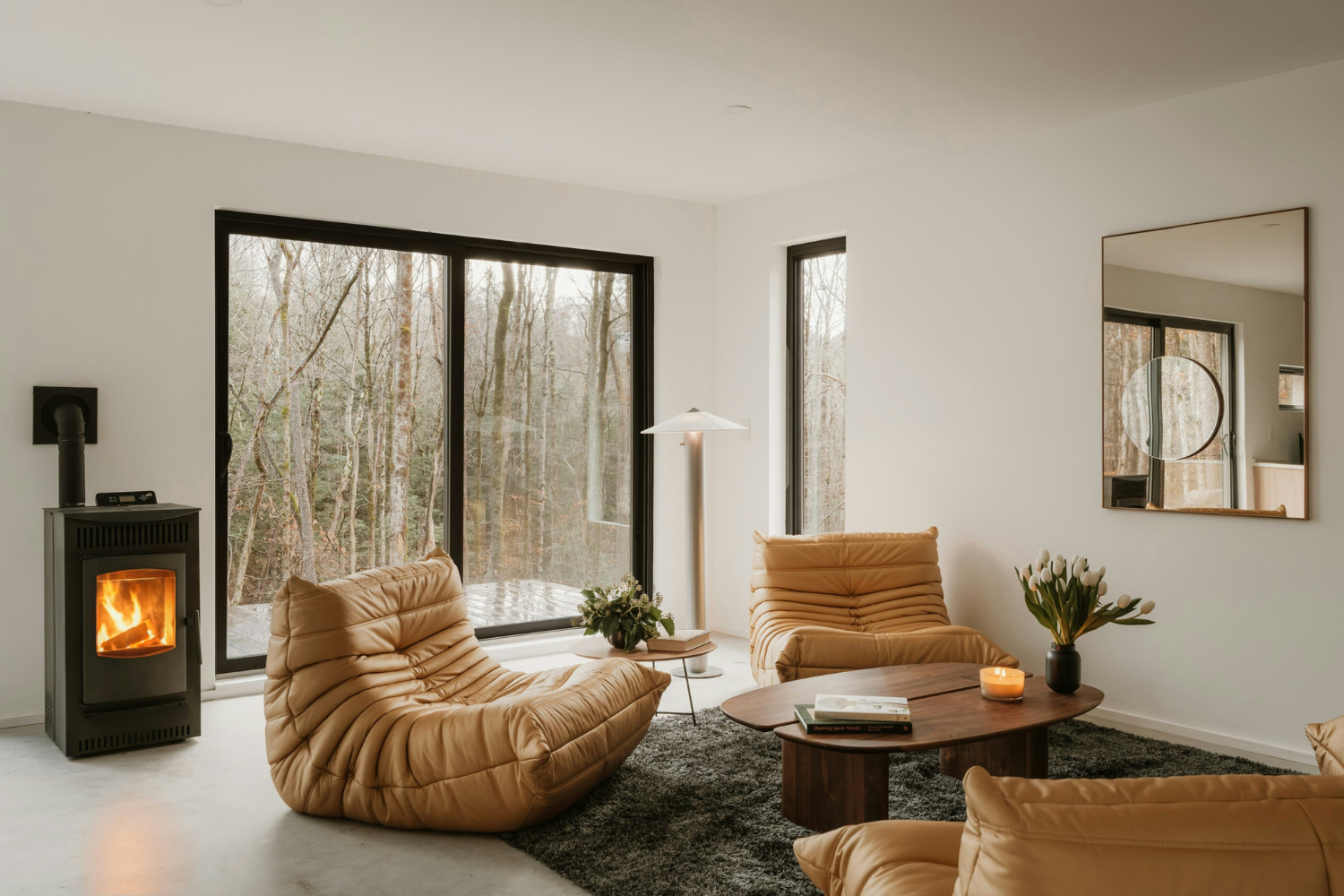- Home
- Articles
- Architectural Portfolio
- Architectral Presentation
- Inspirational Stories
- Architecture News
- Visualization
- BIM Industry
- Facade Design
- Parametric Design
- Career
- Landscape Architecture
- Construction
- Artificial Intelligence
- Sketching
- Design Softwares
- Diagrams
- Writing
- Architectural Tips
- Sustainability
- Courses
- Concept
- Technology
- History & Heritage
- Future of Architecture
- Guides & How-To
- Art & Culture
- Projects
- Interior Design
- Competitions
- Jobs
- Store
- Tools
- More
- Home
- Articles
- Architectural Portfolio
- Architectral Presentation
- Inspirational Stories
- Architecture News
- Visualization
- BIM Industry
- Facade Design
- Parametric Design
- Career
- Landscape Architecture
- Construction
- Artificial Intelligence
- Sketching
- Design Softwares
- Diagrams
- Writing
- Architectural Tips
- Sustainability
- Courses
- Concept
- Technology
- History & Heritage
- Future of Architecture
- Guides & How-To
- Art & Culture
- Projects
- Interior Design
- Competitions
- Jobs
- Store
- Tools
- More
How to Decorate a Master Bedroom
Most master bedroom design advice focuses on trends over tranquility. Here's how to create a space that actually promotes better sleep and relaxation.

Most master bedroom design advice usually misses the point entirely. When you walk into most furniture stores, they typically push the same generic setups that look great in catalogs but may sometimes feel terrible to live with.
The fact is? Your bedroom needs to work for sleep first, everything else second. Most “designer” bedrooms prioritize Instagram photos, lights, color, and storage spaces over actual rest and relaxation.
Table of Contents
ToggleGet Your Layout Right First
Your layout determines whether the room actually works or just looks pretty. If this is not done correctly, even high-end furniture may feel out of place.
Measure everything before buying anything. Door swings, window placement, and weird corners all matter more than you think. Keep pathways clear so you’re not squeezing around furniture to get to your closet. Cramped rooms create daily frustration that adds up over time.
Put your bed against the longest wall and leave space on both sides if possible. Shoving a king bed into a tiny room makes everything feel claustrophobic, no matter how expensive the frame is.
Making Zones That Actually Work
Big bedrooms can handle different areas for sleeping, reading, and getting dressed. A quality king bedframe anchors everything else and gives the room structure.
Keep your sleeping area calm and uncluttered. Easy access from both sides makes daily life smoother, and you shouldn’t have to climb over stuff to make your bed.
Add seating carefully if you have space. A comfortable chair works great for reading or putting on shoes, but don’t turn your bed into a living room. This confuses your brain about what the space is actually for.
Put mirrors and dressers where you can actually use them, but don’t let them dominate the whole room. Natural light near mirrors helps when getting ready, just make sure it doesn’t mess with your sleep later.
Colors That Will Help You Sleep
Forget what’s trending on Pinterest. Some colors genuinely help you relax, while others keep your brain wired.
Blues and soft greens work because they naturally calm your nervous system. Light blue lowers your heart rate; there’s real science behind this. Gentle grays, warm whites, and soft beiges are safe bets that won’t overstimulate before bedtime. They also look good in different lighting throughout the day.
Skip the bold stuff like bright reds and oranges. These colors energize you when you need to wind down. Save those for spaces where you want to feel alert and active.
Test your paint colors throughout the day since samples look different in morning sunlight versus evening lamplight. Check before you commit to anything. Your wall color should work with whatever window treatments you choose, and blackout curtains are non-negotiable for good sleep.
Essential Furniture Selection
| Furniture Type | Priority | Key Features | Placement Tips |
| Bed Frame | Highest | Sturdy construction, appropriate size | Against the longest wall, centered |
| Nightstands | High | Storage, lamp compatibility | Both sides of the bed, matching height |
| Dresser | Medium | Adequate storage, mirror option | Away from foot traffic |
| Seating | Low | Comfort, storage potential | Window area or room corner |

Choosing Your Bed and Headboard
Your bed frame affects everything else in the room. Cheap frames squeak and wobble, which can destroy sleep quality. Headboards aren’t just decorative; they also protect your walls from pillow oils and provide a comfortable surface to lean against when reading.
Size matters more than you think. King beds need bigger rooms, or everything feels cramped. Don’t force oversized furniture into undersized spaces just because you like how it looks online.
Storage That Doesn’t Overwhelm
Keep your dresser accessible but out of main traffic areas. A mirror above makes rooms feel bigger without taking up extra space. Opt for nightstands with actual storage instead of just flat surfaces; drawer space reduces clutter significantly. For tight spaces, consider multifunctional pieces like a queen-sized Murphy bed that provides both sleeping and storage without occupying floor space.
Bedding That Actually Matters
Skip the 47 decorative pillows. Focus on improving your sleep instead.
- Quality beats quantity: Good sheets and pillows directly affect how well you rest. Everything else is just decoration.
- Layer smartly: Start with quality fitted and flat sheets, add a duvet for warmth, and throw in one accent piece for texture. That’s it.
- Pillow reality check: Use pillows that support your neck properly and limit decorative ones to maybe two pieces max. You don’t want to spend five minutes clearing your bed every night.
Go For Lighting That Supports Sleep
Bedrooms need different lighting than living spaces, but most people just stick whatever lamps they have around.
Multiple Light Sources Work Better
- Overhead with dimmers: Bright light helps when you’re cleaning or organizing. Dim light helps you wind down at night.
- Bedside reading lights: Position them so you can read without casting shadows or bothering a partner.
- Ambient evening lighting: Floor lamps or soft accent lights create a relaxing vibe for bedtime routines.
Controlling Natural Light
- Blackout window treatments: These aren’t optional if you want good sleep. Layer with lighter curtains for daytime light control.
- Smart bulbs help: Some automatically adjust color temperature throughout the day to support your natural sleep patterns.
Expert Design Insight
According to sleep researchers, bedroom clutter and overstimulation seriously mess with sleep quality. Interior designer Sarah Chen puts it bluntly: “Clients who focus on making their bedroom a retreat instead of a showpiece always end up happier. When you prioritize psychological comfort over looking impressive, everything else falls into place.”
This confirms what most people discover the hard way: trendy bedrooms often sleep terribly.
Adding Personal Touches Without Going Overboard
- Calm artwork only: Choose pieces that relax you rather than energize or make you think too much. Save thought-provoking art for other rooms.
- Plants that don’t stress you out: Low-maintenance options like snake plants or pothos improve air quality without requiring constant attention.
- Subtle scents: Lavender or vanilla promote relaxation. Skip energizing scents like citrus or peppermint in sleeping spaces.
Don’t Make These Common Mistakes
- Over-decorating ruins everything: Empty space gives your eyes somewhere to rest. Filling every surface creates visual chaos.
- Wrong-sized furniture looks terrible: Huge pieces overwhelm small rooms. Tiny furniture disappears in large spaces. Match your furniture scale to your room size.
- Poor traffic flow creates daily stress: You shouldn’t have to squeeze around stuff to get to your closet. Plan clear pathways.
- Insufficient storage creates clutter: Plan for your belongings before they become a mess. Adequate storage maintains peace of mind.
Your bedroom should be a retreat, not a showroom. That is why Soft Frame Designs focuses on what actually helps you sleep and relax; the aesthetics take care of themselves.
Frequently Asked Questions
- What colors work best for master bedroom walls? Soft blues and greens naturally calm your nervous system, while neutral grays and warm whites work with any lighting. Skip bright colors that energize you when you’re trying to wind down.
- How should I arrange furniture in a master bedroom? Put your bed against the longest wall with equal space on both sides if possible. Keep pathways clear and position dressers where they’re useful, but don’t block traffic or natural light.
- What’s the most important furniture investment for a master bedroom? Your bed frame and mattress directly affect sleep quality, so invest here first. Everything else is secondary to getting good rest.
illustrarch is your daily dose of architecture. Leading community designed for all lovers of illustration and #drawing.
Submit your architectural projects
Follow these steps for submission your project. Submission FormLatest Posts
Sofa Trends in 2026: Comfort, Organic Forms, and Human-Centered Design
Sofa design in 2026 focuses on comfort, organic forms, tactile materials, and...
Modern American Homes: Interior Design Trends to Watch in 2026
Interior design in the United States is evolving toward warmer, more adaptable,...
BXB Studio’s Hybrid Interior: Redefining the Modern Architectural Workplace
The Warsaw headquarters of BXB Studio was established in a modest 70...
5 Must-Know Interior Design Trends in American Homes
From warm minimalism to bold oversized artwork, these five interior design trends...












Leave a comment